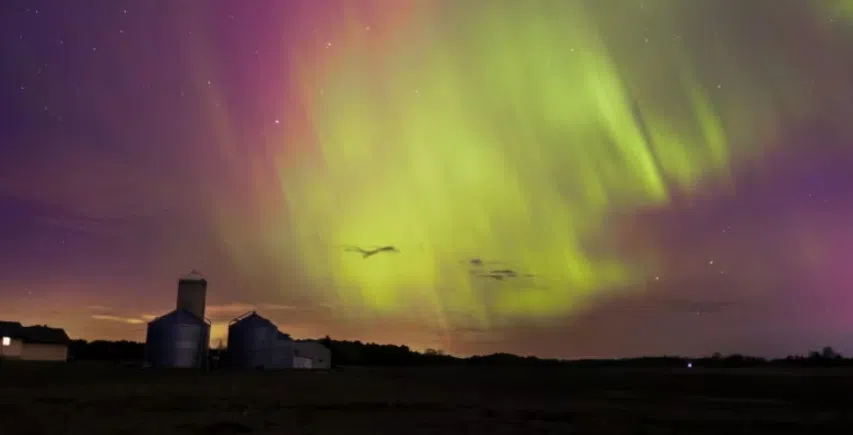
Sightings of the northern lights, or aurora borealis, have sparked increased interest in southwestern Ontario this year, with social media frequently showcasing stunning photos of green and pink hues illuminating the night sky. Local astronomer and Western University professor Jan Cami attributes this uptick in auroral activity to the sun’s natural 11-year cycle, which periodically culminates in heightened solar activity.
The aurora borealis occurs when solar particles are ejected from the sun during powerful events called coronal mass ejections (CMEs). The vibrant colors of the aurora result from these particles interacting with atmospheric elements. The U.S. National Oceanic and Atmospheric Administration (NOAA) reported a severe geomagnetic storm on Thursday, heightening the chances of seeing the northern lights in southwestern Ontario. NOAA also advises that the prime time to view the aurora is typically between 10 p.m. and 2 a.m.
(Photo by: Craig Levine)
Written by: C. Soares